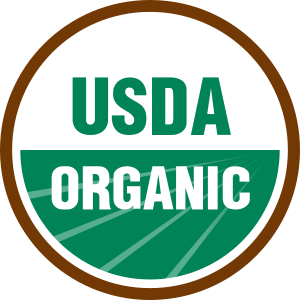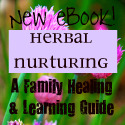
- OImage via Wikipedia
If you are like me, you cannot afford to eat all organic foods. Unfortunately, due to the high prices and the amount of fresh produce we eat, my food budget would run out far sooner than our need for food would! That’s why I am so thankful for the work the Environmental Working Group (EWG) has done in producing the “Dirty Dozen/Clean 15” list every year.
To put the list together, the EWG looks at research done by the USDA and the FDA over the past nine years. These groups conducted 96,000 tests for pesticides on the 50 most popular fruits and vegetables that Americans consume. Are you curious as to how they test the produce? Read about it here.
Why is this list is so important?
It is no secret that pesticides have been linked to several health problems not just to cancer or effects on the reproductive system. The CDC has reported that most Americans have pesticide residues in their bodies that are detectable. This is scary! Even developing fetuses have been shown to be exposed to them. I believe that our adult bodies can handle these toxins far better than the immature, still-developing bodies of my children. I want to protect them from pesticides that could negatively affect normal growth and development of vital organ systems! This means that I am not only careful in what I feed my small children, but in what I consume while preparing for pregnancy, during pregnancy, and while I’m nursing.
They also do long-term damage to our environment, which we were given to steward. It is agreed by scientists far and wide that they pose health risks to us. Have you recently heard that even weeds are becoming resistant to Roundup? This is a pesticide that is supposed to get rid of weeds.
Thirdly, I cannot afford to buy all organic. I suspect that some of you are like me. I want to feed my family the best food I can, but my budget won’t allow me to do 100% of what I would like to do. I already buy a very minimal amount of processed foods, not only to keep the junk out, but to allow more budget money for fresh produce. This list helps me to pick and choose what is most important to buy organic, while not compromising my family’s health or my standards. I aim for consistency across the board in my life, and this is no different. I feel counterproductive if I’m buying strawberries which are extremely good for you, but are doused in pesticides! I can make more room for the more expensive strawberries by buying the less-expensive, conventional mangos.
Check out a video posted by EWG on Dr. Andrew Weil’s commentary in which he discusses the risks of pesticides and how to avoid them.
One thing you should note that the list doesn’t: beware of GMOs (Genetically Modified Organisms)! Some of the produce on the “Clean 15″ could be genetically modified. It is not mandatory for producers to make plain whether their product is genetically modified. Corn, for example, is often a GMO crop. I choose to buy organic corn for this reason. Organic producers can NOT use genetically modified seeds or products. This is when shopping for local produce helps (or having your own garden!). You can at least ask the farmer. Click here for a helpful page on which produce is Non-GMO. Thankfully, most produce sold in the U.S. is not genetically modified.
Download your Dirty Dozen/Clean 15 list here and carry it in your purse when you shop!

![Reblog this post [with Zemanta]](http://img.zemanta.com/reblog_e.png?x-id=581071f1-0cc1-4e8c-a607-679d25668883)
















